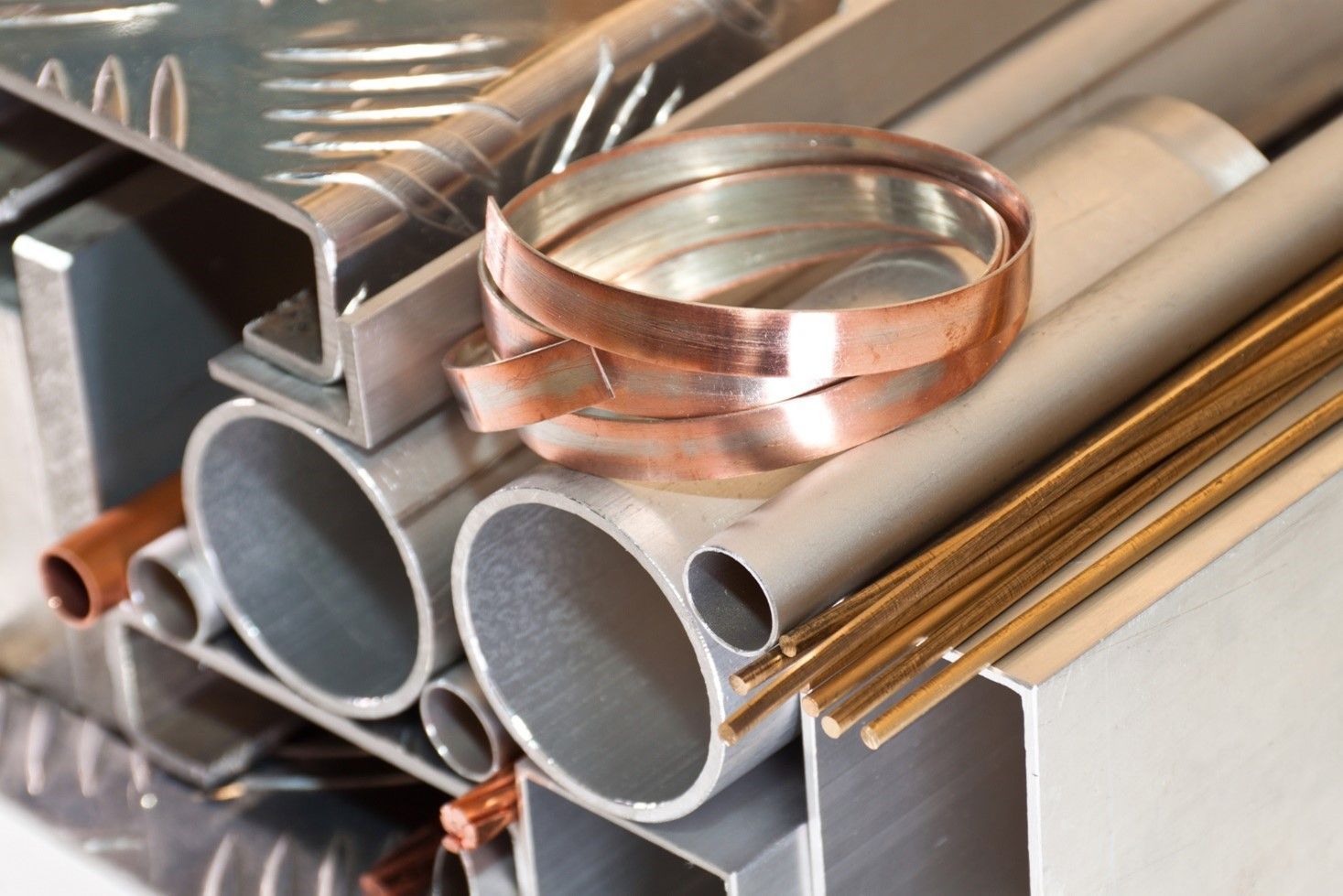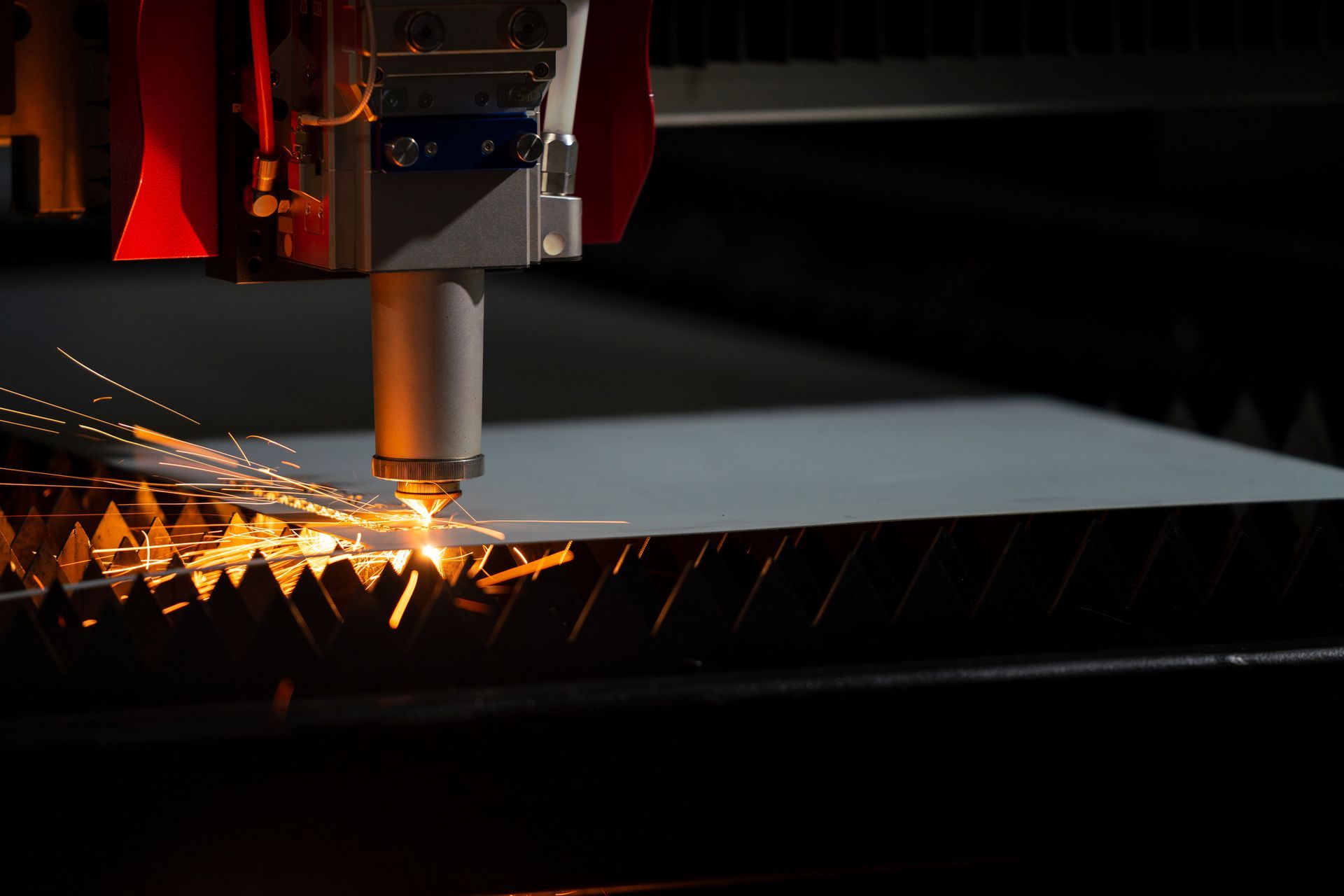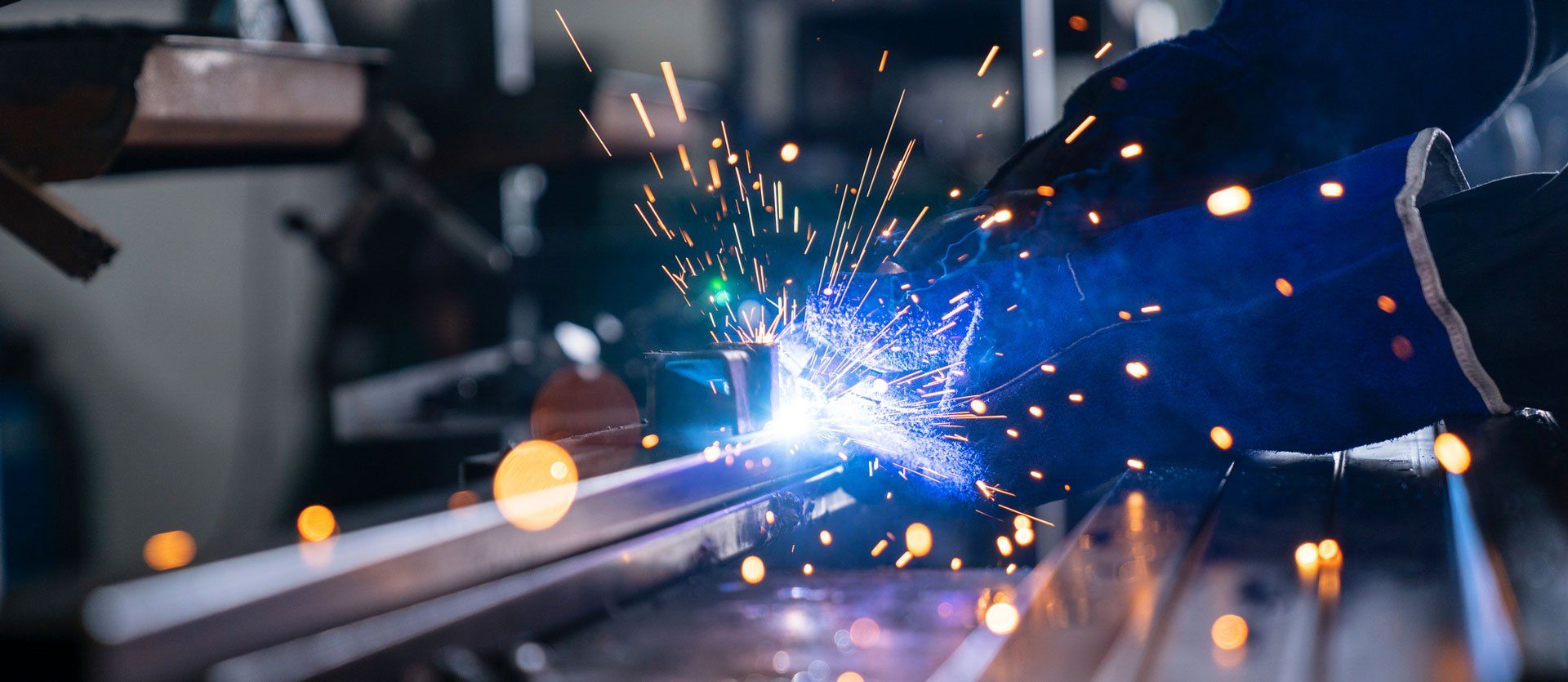Why 3DPrinting Can't Replace Traditional Metal Fabrication for Prototyping
Anyone who reads about technology has no doubt heard about 3D printing. Although not a new technology, this additive manufacturing process has become more prevalent in consumer and industrial applications in recent years. While 3D printing is an undoubtedly valuable technology, the reality may not live up to the hype for many companies.
If your company utilizes prototypes as a part of your design process, then you may wonder if you should integrate a 3D printer into your workflow. In almost all cases, a professional metal fabrication service can provide higher-quality, faster, and more accurate results. Learn why working with a metal fabricator is ideal for most prototyping projects.
1. Higher Precision
Precision matters when designing functional parts. When working with a fused deposition modeling (FDM) printer, precision tends to be highly limited. The best printers typically offer tolerances of around 200 microns (0.2 mm). On the other hand, high-end laser cutting machines can provide dimensional accuracy of 15 microns or better.
Why does precision matter? If you're designing a prototype with multiple parts that match together, then high precision is necessary for a smooth fit. For early prototypes, this helps you better understand where your design may have issues without worrying that you have a limitation of the manufacturing process.
High precision prototypes are also helpful for client demonstrations. Since your parts will work as expected, you can use your prototype to provide a functional demonstration. Working prototypes allow you to get client feedback and revise requirements and design as necessary. Better feedback can mean faster revisions and quicker overall project completion.
2. Material Cost and Durability
Most FDM printing technology uses a variety of plastics. Polylactic acid (PLA) is typical for consumer-grade printers, but commercial shops may use ABS or other higher-quality thermoplastics. While these materials are relatively strong and have their advantages, they can have significant strength limitations when dealing with functional parts.
While metal 3D printers exist, these machines are still highly specialized and expensive. For the most part, working with metal means turning to traditional fabrication processes such as welding or laser cutting. These techniques offer a high degree of versatility with various materials such as stainless steel, copper, and aluminum.
Metal is often the best (or only) choice when creating prototypes for high-temperature applications or significant force loading. Metal may also be a more cost-effective option, especially for large objects.
3. Part Size
Even large industrial printers are typically relatively small. If your prototype is sizeable or involves many pieces, you may need to alter your design or create a scale model to fit the print space. These accommodations may limit the usefulness of your prototype for evaluating its functionality, and they can add extra time and effort to your design process.
Metal fabrication has no such limitations, and welding allows you to design multi-piece parts that a skilled shop can quickly join together permanently and durably. You can use this additional freedom to develop prototypes that more closely match your finished piece. Even when creating scale models, you can use a larger ratio for more detail and accuracy to the final part.
The ability to fabricate larger parts also means you can use the same shop for early prototype designs and pre-production models. Working with the same fabricator can mean more effective collaboration as you iterate on your part and potentially faster turnaround times. If you need to scale the design up or down during the process, you can do so without concern about sizing limitations.
Schorr Metals Inc. can help you with prototype manufacturing along with all of your other metal fabrication needs. We provide a variety of services for both commercial clients and smaller consumer projects. Give us a call today to learn more about how working with a skilled metal fabricator can benefit your prototype design process.







